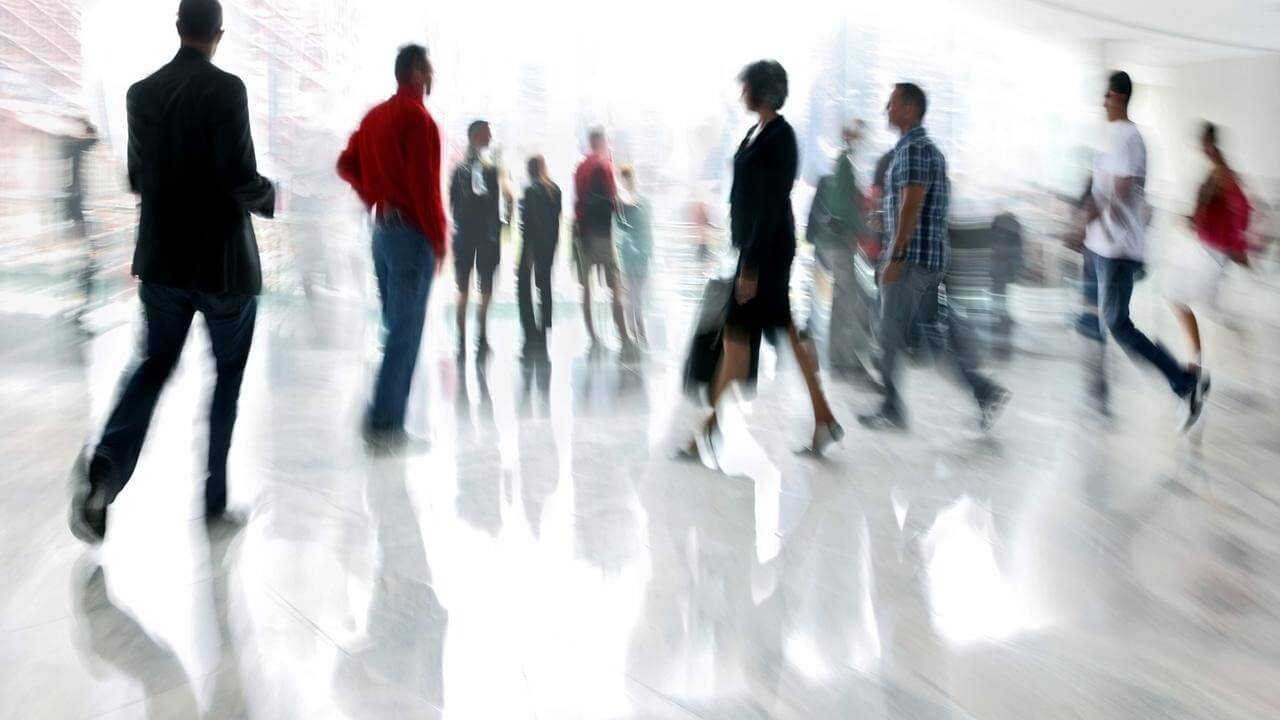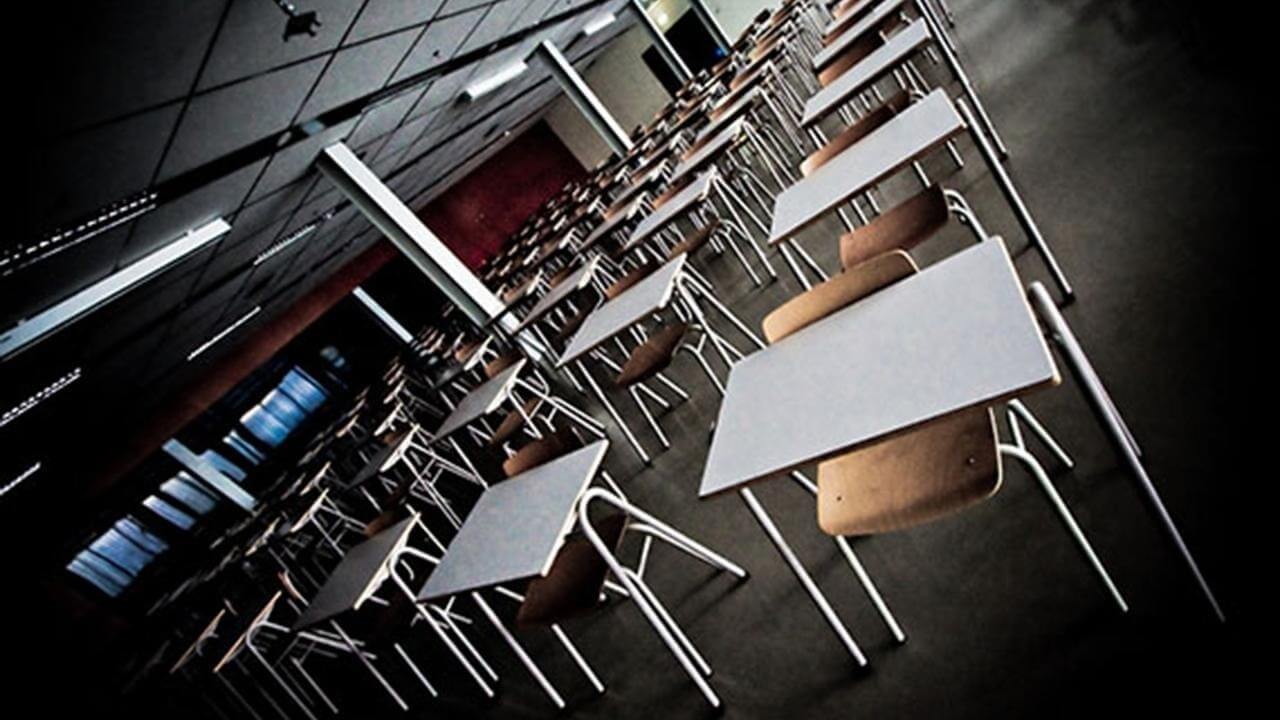The Urban Fabric as an Interconnected Map
Today, many view buildings as stand-alone entities which exist separate from one another. Yet, the interconnections between such buildings are many. As building occupants travel between built environments during a typical day, they transition from space to space – and one building often picks up where the other left off. For example, one may leave their office building, go to the grocery store, and then travel home. Within a short time period, a building occupant experiences many building types, and each serves its purpose in helping to get occupant needs met.
For these initial reasons it makes sense to view the urban fabric as an interconnected map, and when doing so, buildings can begin to cooperate. This type of synergy between buildings creates a sensory urban fabric, where architectural environments can begin to respond to occupant engagements and to each other. After all, can a building become smarter if it learns about how occupant’s engage in another building within the city? Perhaps a work environment can learn from an occupant’s home environment to help reduce stress and foster greater creativity at work.
Cooperative Buildings Bring New Meaning to Transition
But how can architectural environments cooperate? Already, media channels such as the news broadcast traffic reports that help to alleviate congestion as people learn which roads to avoid. Also, media channels announce events and locations that are desirable to attend. Thus, there is a data stream that runs through urban areas. These streams help to attract or discourage certain behaviors from city citizens.
Architectural buildings can also push and pull information from one another, but in a more nuanced manner. Data can stream between buildings to help each function better, to help occupants attain greater well-being. The design of cooperation between buildings in urban areas calls for new ways of seeing built environments. And this new type of design interactivity and response should place occupants at the center. Just imagine if an office could respond differently for a worker coming from home in the morning as compared to a worker coming from a team meeting which took place in another office building. The former office could initiate and prep the environment for optimal post-meeting brainstorming, while the latter office could adapt its environment to help transition for the morning’s work ahead. The cooperative sensory urban design fabric would take the function of transition to a whole new level.
Extending Cooperation Beyond Your Own Building Design
When one environment can sense where its occupant is coming from, what its occupant needs to accomplish, and where its occupant will travel to next — entirely new ways to predict occupant need are born. Thus, built environments that cooperate with one another can better predict and meet occupant goals. Buildings can help each other fill in function gaps, where occupant need is understood at deeper levels. And when architects bring this way of seeing into their design process, they are extending beyond the boundary “walls” of the building they will construct. They are using city sites, cultures, and functional behaviors to further inform their design decision-making.
Cooperative buildings that stream behavioral data can occur before and after the design/construction process. The key is in knowing how to make sense of the information, to apply it for the benefit of the individual and the collective.
Image Credit: © apinan | Fotolia






